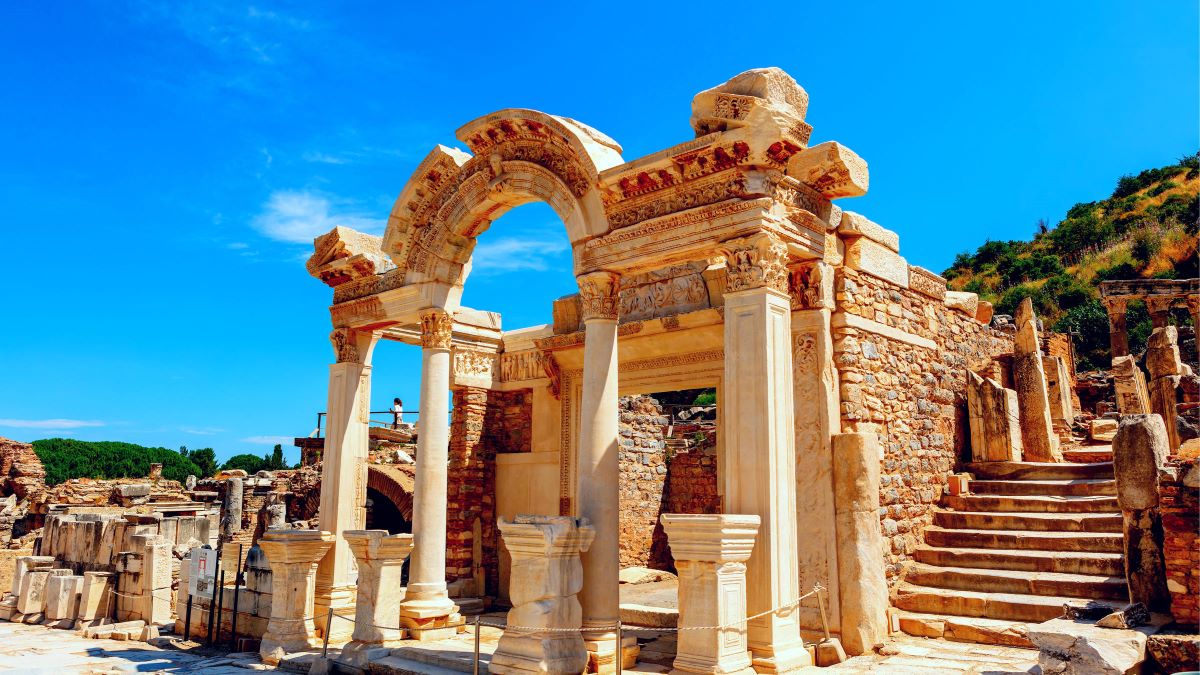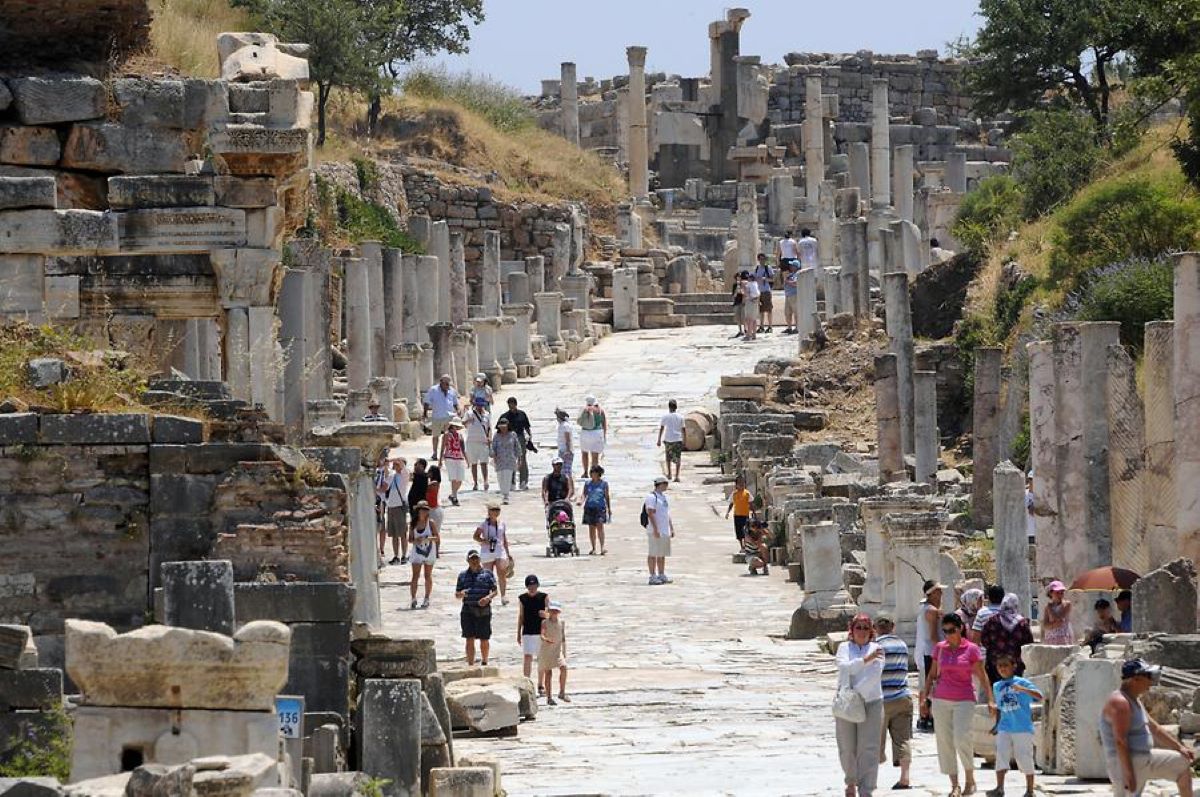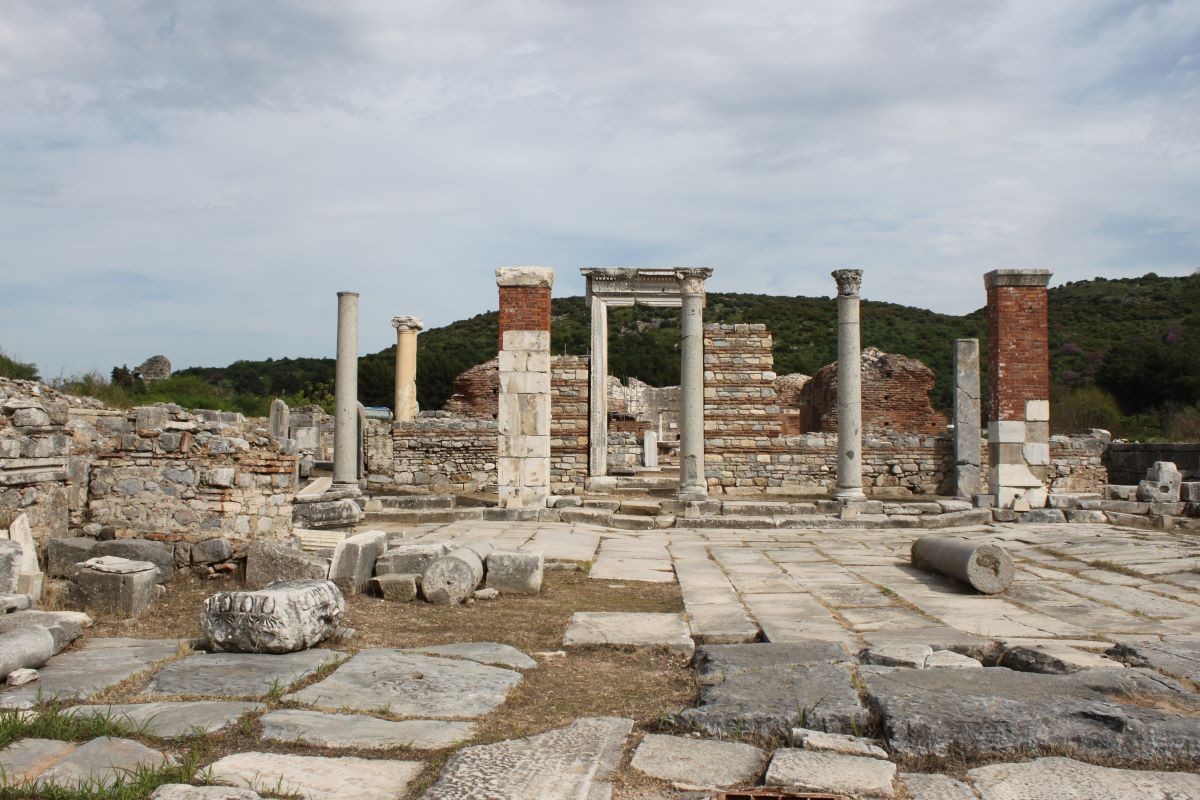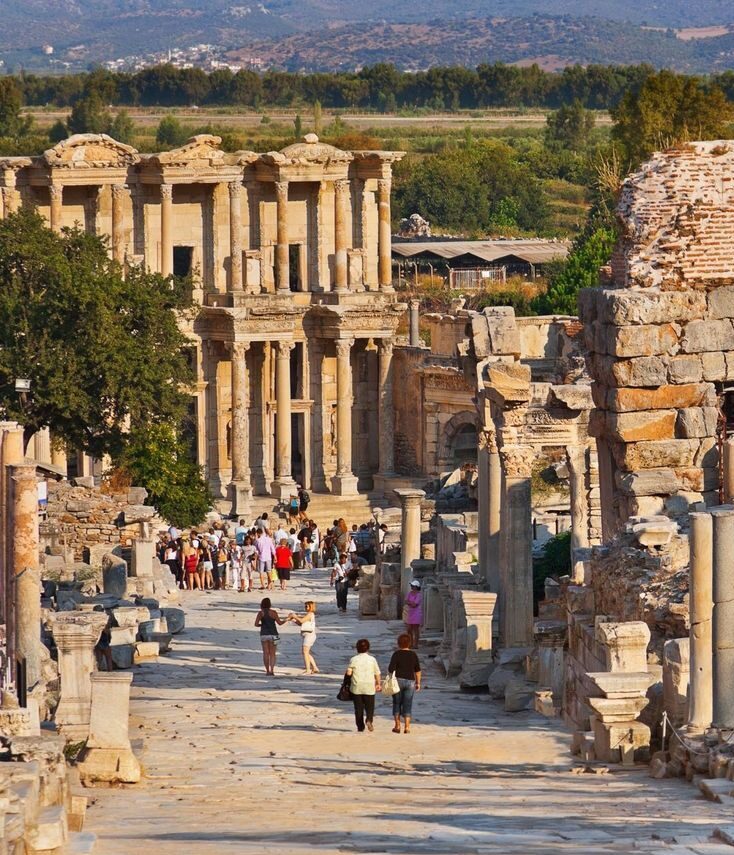The ancient city of Ephesus is a site of remarkable historical significance, with a…

A Guide to Exploring the Best Roman and Hellenistic Sites in Ancient Ephesus

Ephesus was once one of the most important cities in the ancient world. As a major center of trade and culture, it was home to some of the most impressive Roman and Hellenistic sites of its time. Today, the ancient city of Ephesus is a UNESCO World Heritage Site and one of the most popular tourist destinations in Turkey. Here’s a guide to the best Roman and Hellenistic sites to explore in Ephesus.
The Library of Celsus
One of the most impressive Roman sites in Ephesus is the Library of Celsus. Built in the 2nd century AD, this grand library was one of the largest in the ancient world, with a capacity for over 12,000 scrolls. Today, visitors can see the beautifully restored facade of the library, including the ornate columns and statues that once adorned its walls.
The Grand Theater
Another must-see site in Ephesus is the Grand Theater. Built in the 3rd century BC, the theater could hold up to 25,000 people and was used for both theatrical performances and gladiatorial games. Today, visitors can walk through the theater’s impressive seating area and stage, and even stand on the same spot where St. Paul once addressed the people of Ephesus.
The Temple of Artemis
The Temple of Artemis was once one of the Seven Wonders of the Ancient World. While the temple itself no longer stands, visitors can still see the remains of its foundation, which date back to the 6th century BC. The temple was dedicated to the goddess Artemis, and was an important site of worship for centuries.
The Terrace Houses
The Terrace Houses, also known as the Houses of the Rich, were once the homes of Ephesus’ wealthiest residents. Today, visitors can explore the well-preserved ruins of these houses, which feature beautiful frescoes, mosaics, and intricate marble work. The Terrace Houses provide a glimpse into the daily lives of the elite in ancient Ephesus.
The Temple of Hadrian
The Temple of Hadrian, built in the 2nd century AD, was dedicated to the Roman emperor of the same name. The temple is famous for its ornate facade, which features four intricate relief sculptures depicting scenes from the life of the goddess Tyche. Visitors can also see the remains of the temple’s once-impressive interior, including its ornate columns and intricate friezes.
The Odeon
The Odeon was a small, roofed theater used for musical performances and other events. Built in the 2nd century AD, it could hold up to 1,500 people. Today, visitors can explore the well-preserved ruins of the Odeon, including its seating area and stage.
The Temple of Serapis
The Temple of Serapis was built in the 2nd century AD and was dedicated to the Egyptian god of the same name. Today, visitors can see the remains of the temple’s impressive columns and intricate carvings, which feature both Egyptian and Roman motifs.
These are just a few of the many Roman and Hellenistic sites to explore in Ephesus. Visitors can also see the well-preserved ruins of the city’s ancient marketplace, public baths, and aqueducts. A visit to the ancient city of Ephesus is truly a journey back in time to one of the most important cities of the ancient world.




This Post Has 0 Comments